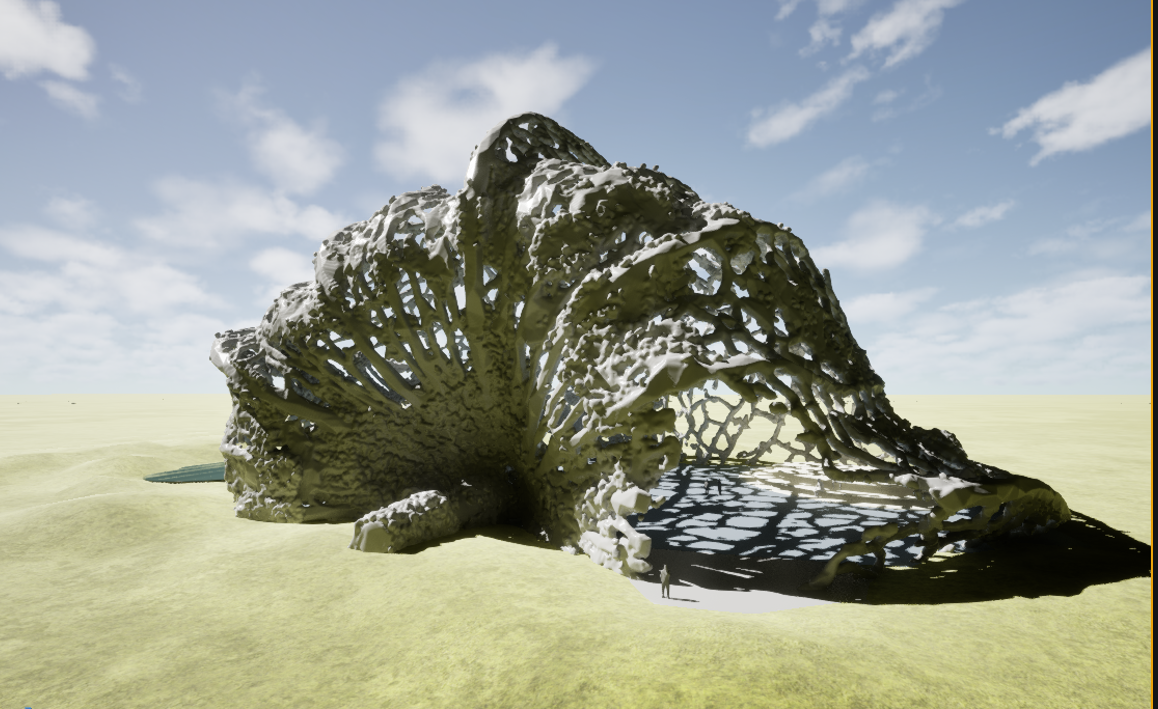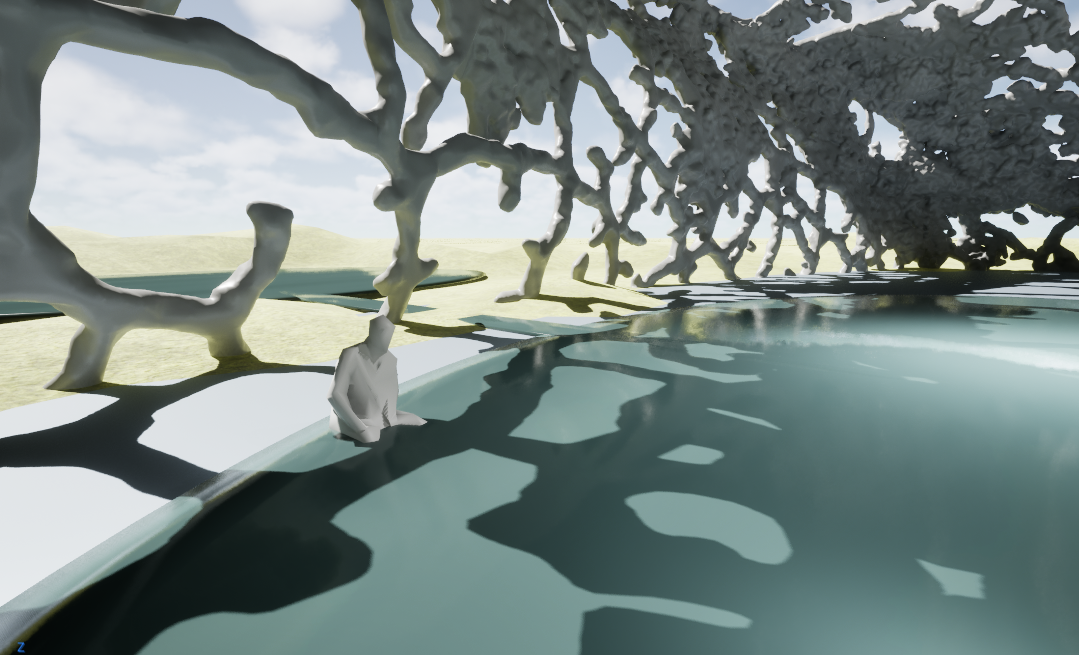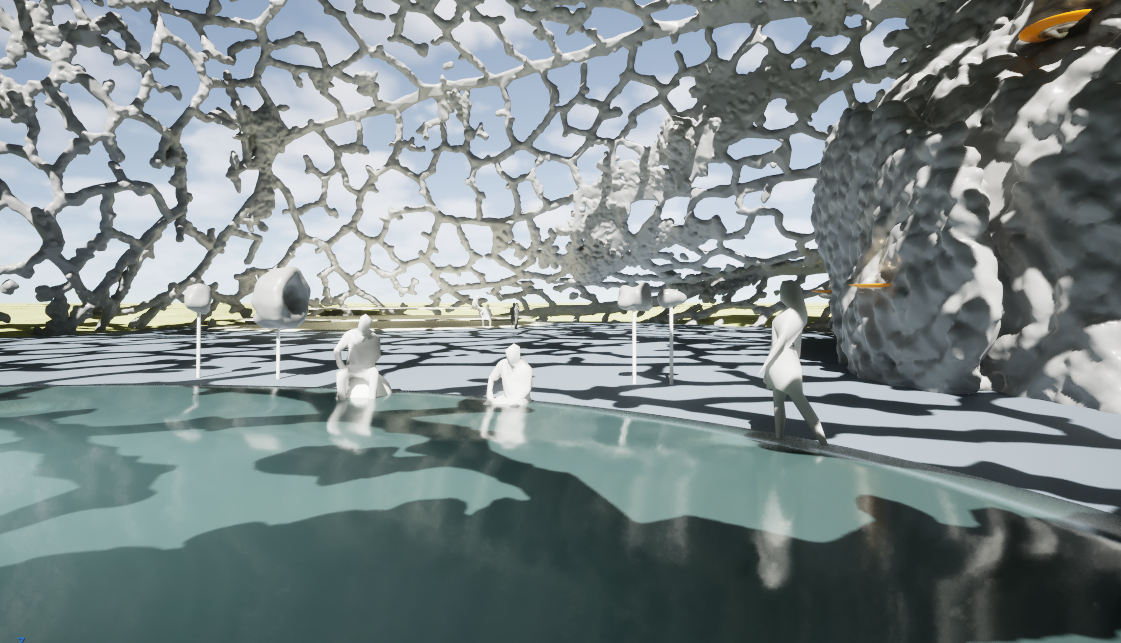Using advanced scanning techniques, including 3D CT scanning and electro-microscopy, 3D models are created from plant forms, such as the weathered tomatillo husk above. These scans are then processed, using AI into furniture and architectural speculative designs to be 3D printed, published, or integrated into virtual environments.







Resonant Forms (Research in process)
At the intersection of biological forms and emerging technologies lies an urgent opportunity to re-imagine our relationship with the natural world. This project investigates how advanced imaging technologies, artificial intelligence, virtual reality, and digital fabrication can create a new design language that preserves and translates nature's inherent irregularities and geometric principles. By studying both living and decomposing organic specimens—from skeletal plant remains to complex insect architectures—we seek to develop a methodology that bridges the growing divide between natural and manufactured environments while engaging human cognitive systems more deeply.
Drawing on theories of embodied cognition (Clark, 1997), this research recognizes that our cognitive processes are intrinsically linked to our physical engagement with the environment. Through the development of the Cognitive Significance Index (CSI), we aim to quantify and preserve the features of natural forms that most effectively engage our embodied learning systems, creating a new paradigm that synthesizes computational optimization with human cognitive needs.
Faculty / Directors:
Jesse Reding Fleming: Artist-Researcher
Jesse Reding Fleming: Artist-Researcher
Christopher Irvin: Artist-Researcher
Jinku Kim: Artist-Researcher
Calvin Doerr: Student Artist-Researcher
Cade Suing: Student Artist-Researcher
Ansley Brown: Student Artist-Researcher
Kole Rowan: Student Artist-Researcher
